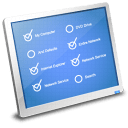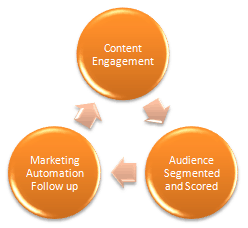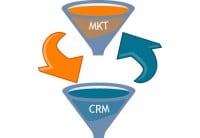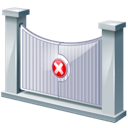What is Marketing Automation and Should You Care?
 What is marketing automation anyways? Companies need to look for ways to develop marketing strategies in the highly competitive business world today and produce satisfactory results. Studies have shown that companies who have achieved high annual revenue and return on marketing investment were four times more likely to implement market automation.
What is marketing automation anyways? Companies need to look for ways to develop marketing strategies in the highly competitive business world today and produce satisfactory results. Studies have shown that companies who have achieved high annual revenue and return on marketing investment were four times more likely to implement market automation.
When it’s time to make a strong business case to upper management for implementing marketing automation solutions, it helps to understand where the benefits can be achieved and what functions can be performed. Before we discuss the tangible and intangible benefits, let’s take a look at what marketing automation means.
Basically, marketing automation is software that automates marketing processes such as defining, scheduling, tracking and creating marketing campaigns.
The benefits to a company are listed below.
Marketing Automation Benefits
● Improved engagement with customers and prospects resulting in more deepened relationships.
● Repetitive tasks reduced so the marketing team can focus on marketing strategy.
● Improved customer satisfaction and retention resulting in quality of sales being improved.
● Reduced costs and increased productivity.
● A marketing strategy can be reviewed and approved through an automation process resulting in quick decisions.
● Marketing campaigns can be stored in a centralized system for easy access to all team members.
There are many functions that can be performed by market automation. Let’s focus on what these functions can do for your company.
Marketing Automation Functions
● Lead Management – This process can score prospects and move them up and down in the sales funnel based on who they are and what they do. Only the best leads will be passed to the sales team thereby reducing time wasted on customers who are not ready to buy.
● Build Emails – Emails can be automatically created using a database of customers and delivered at the ‘right time’ based on their behaviour on social media or visits to your web pages.
● Track Marketing Campaigns – By tracking results of phone or email campaigns you can improve the ones that work and abandon the ones that fail.
● Provide Metrics – Reports can be created to provide for strategic planning. Metrics can be obtained from your website by looking at who is visiting your site, what pages they are visiting and what actions they are taking.
● Data Collection – Data can be collected from numerous databases to effectively target customers.
● Automate Inquiries – Processes can be put in place to handle sales inquiries and comments. Faster response times will increase conversion rates.
● Customer profiling – Data can be gathered for a campaign based on demographics such as geography, age, gender, interests, etc.
Marketing automation technology is here to stay. It has become a critical component for organizations and it will be very difficult to compete without it.
We encourage you to learn more about how Lead Liaison’s Revenue Generation Software™ provides marketing automation technology that harnesses the benefits and functionality mentioned above.
To be alerted of future posts, please click on the RSS button.






 Marketing automation is a simple concept if you’re in the industry or familiar with these types of solutions. But, what if you’ve never heard of marketing automation before? Take five minutes to read this simplified summary of how marketing automation works.
Marketing automation is a simple concept if you’re in the industry or familiar with these types of solutions. But, what if you’ve never heard of marketing automation before? Take five minutes to read this simplified summary of how marketing automation works.



